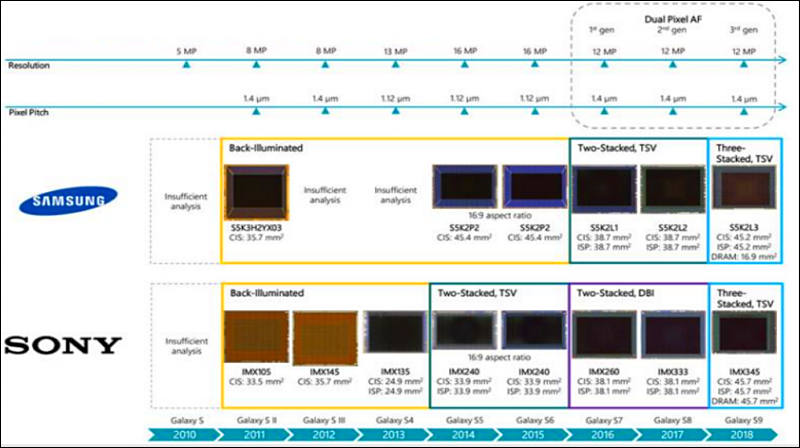
It allows to keep PV going, with more focus towards AI, but keeping be one of the few truly independent places.
-






From https://images.samsung.com/is/content/samsung/p5/global/ir/docs/2019_Half_Year_Report.pdf
Few years ago, Samsung signed secret cartel agreement with Sony, sharing intellectual property and many tech secrets among companies, and Sony from their side demanded also to destroy all APS-C/FF sensors lineup and NX mirrorless cameras.
At the time Samsung though that it is amazing chance to save lot of money and some efforts.
Yet US is pressing top Korean courts to return to Samsung head charges and it is probable that they can add this cartel agreement into it. Only issue is that all smartphones industry is very afraid of making it open, as it can have widespread consequences.
Damages can exceed 20 billions USD that pair of companies had been able to dig pushing sensors prices higher and coordinating prices.
It can also mean end of Sony as company, as image sensors division is among few remaining parts that keep it afloat (only other part is gaming sales).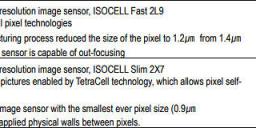
 sa11310.jpg779 x 160 - 49K
sa11310.jpg779 x 160 - 49K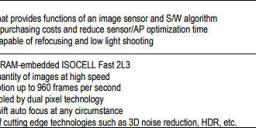
 sa11311.jpg780 x 165 - 49K
sa11311.jpg780 x 165 - 49K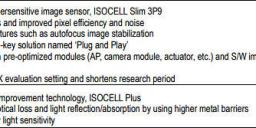
 sa11312.jpg780 x 167 - 49K
sa11312.jpg780 x 167 - 49K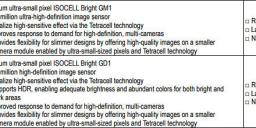
 sa11313.jpg778 x 220 - 65K
sa11313.jpg778 x 220 - 65K
 sa11314.jpg781 x 80 - 25K
sa11314.jpg781 x 80 - 25K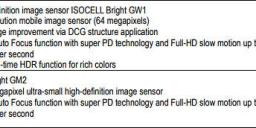
 sa11315.jpg778 x 172 - 47K
sa11315.jpg778 x 172 - 47K -
F*-ck. :O
-
Another indication that Sony was so shook by the NX1 tech, they had to squash it. Such a shame.
-
NX lineup killing had been just nice cherry on the cake, but not important thing. Plus Samsung did not have enough engineers anyway and needed to transfer them to mobile.
Mobile sensors bring huge profits and can't be compared to small niche of large sensors for cameras.
-
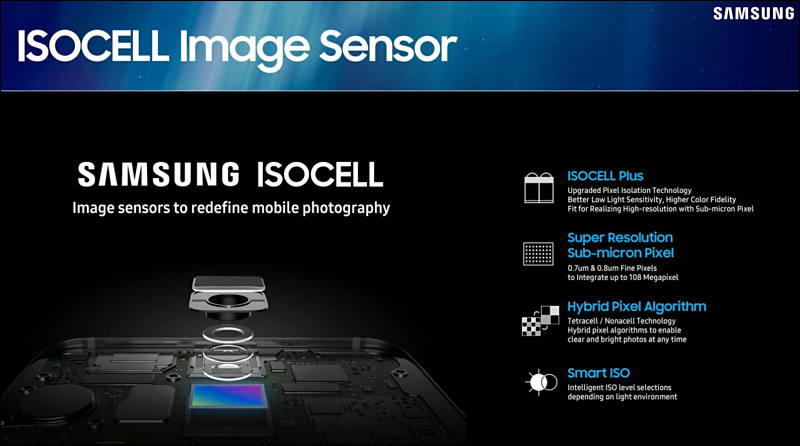
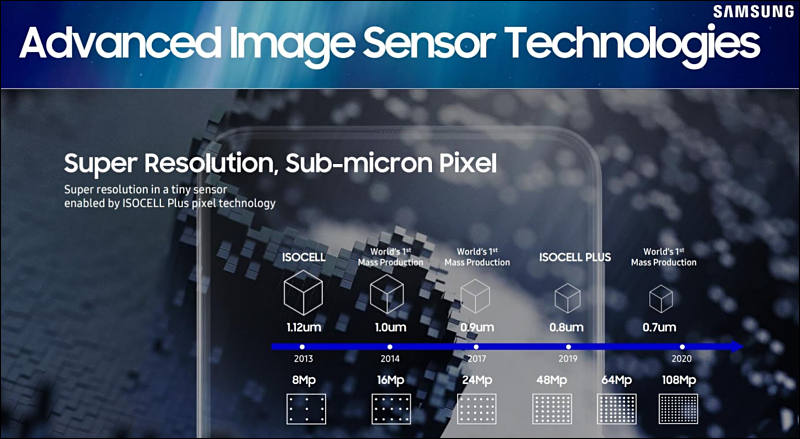
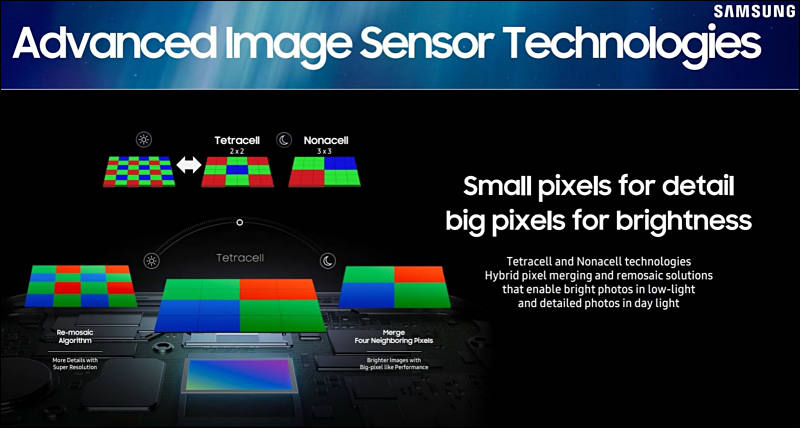
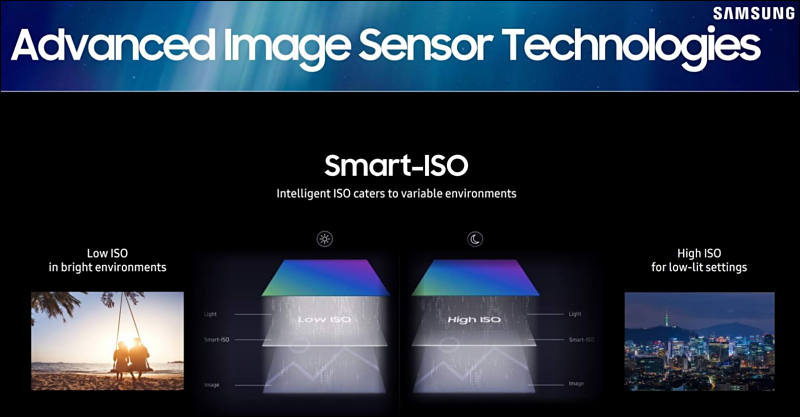
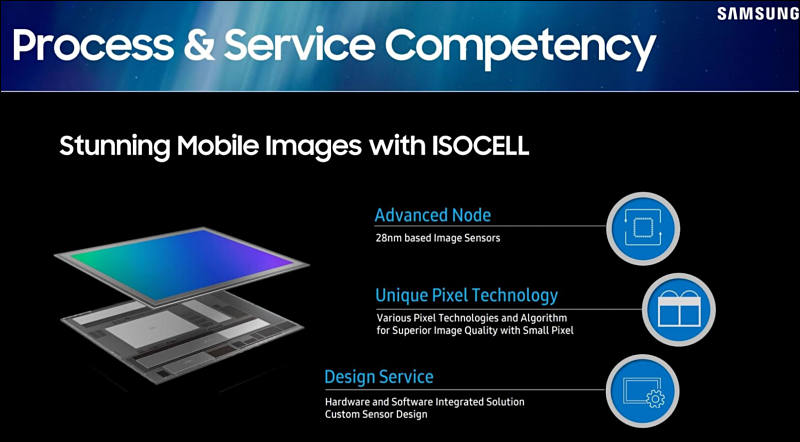

 sa13214.jpg800 x 446 - 46K
sa13214.jpg800 x 446 - 46K
 sa13215.jpg800 x 439 - 62K
sa13215.jpg800 x 439 - 62K
 sa13216.jpg800 x 428 - 55K
sa13216.jpg800 x 428 - 55K
 sa13217.jpg800 x 417 - 45K
sa13217.jpg800 x 417 - 45K
 sa13218.jpg800 x 442 - 52K
sa13218.jpg800 x 442 - 52K -
Samsung introduces four new Samsung ISOCELL image sensors for its 0.7μm-pixel lineup; 108MP HM2, 64MP GW3, 48MP GM5, and 32MP JD1.
"Samsung continues to pioneer innovations, such as ISOCELL Plus and Smart ISO, to deliver more pixels in a smaller package," said Yongin Park, EVP of the sensor business at Samsung. "Last year, Samsung introduced the industry's first 0.7μm-pixel image sensor and the first 108Mp sensors. Now we are bringing more of the advanced pixel technologies to mobile cameras in a variety of options that will enable high-resolution images and sleeker designs in a wider selection of tomorrow's mobile devices."
For ultra-high-resolution image sensors, even a mere 0.1μm-difference per pixel can have a significant impact on the overall size of the sensor as well as the height of the camera module. With pixels at 0.7μm, Samsung's image sensors are up to 15% smaller than the 0.8μm sensors of the same resolution and reduce the height of the camera module by up to 10%.
To collect an ample amount of light and increase the full well capacity, Samsung has incorporated its advanced ISOCELL Plus and Smart-ISO technologies, especially optimized for 0.7μm. ISOCELL Plus retains the received light with a wall-like structure around the pixel while Smart-ISO makes full use of the incoming light by intelligently adjusting the ISO accordingly for optimal exposure.
In the latest 0.7μm products to be introduced later this year, Samsung will start rolling out an enhanced pixel technology, ISOCELL 2.0, which allows excellent performance despite the challenges with decreasing pixel sizes. The new technology further enhanced the wall structure between cells, resulting in added light sensitivity of up to 12 percent compared to the current ISOCELL Plus technology.
The New 0.7μm Lineup;
- ISOCELL HM2 is Samsung's third 108MP image sensor following the HMX and HM1. The new 108Mp-sensor is around 15% smaller than the 0.8μm-based predecessors, and reduces the height of the camera module by 10%. The HM2 features Super PD, a faster and more effective PDAF, and like the HM1, comes with a nine-pixel binning technology as well as 3x lossless zoom.
- ISOCELL GW3 is a 64MP sensor for mainstream devices. The GW3's optical size is nearly identical to that of Samsung's 0.8μm 48MP sensor. In addition to Tetracell and Smart-ISO technologies that help the sensor take bright images with high color fidelity, the GW3 features gyro-based EIS for still photos and videos. The image sensor supports video recording at up to 4K resolution at 60 fps.
- ISOCELL GM5 is a 48MP-image sensor for use in telescoping or ultra-wide angle cameras. When used as a 5x optical telescoping sensor for folded-zoom, the GM5 takes advantage of the 0.7μm pixel size to minimize the camera bulge. For ultra-wide shots, the GM5 supports high-speed full-HD recording at 480fps. The sensor also offers a staggered-HDR feature, a faster and more power-efficient HDR technology that expedites image processing by sending a readout of long, medium, and short exposures of each row of pixels respectively to the mobile processor. As the readout is performed based on Tetracell's 1.4μm two-by-two pixels, rather than at the individual 0.7μm-pixel level, staggered-HDR can provide brighter and clearer images with less noise.
- ISOCELL JD1 is the industry's smallest 32MP-image sensor at 1/3.14-inches for smartphones with bezel-less displays that incorporate a hole-in-active-area or motorized pop-up mechanism for the front-facing camera. Like the GM5, the JD1 is also the one the first ISOCELL image sensors to offer staggered-HDR.
Samsung ISOCELL HM2, GW3 and JD1 are currently in mass production, and the company is sampling GM5.
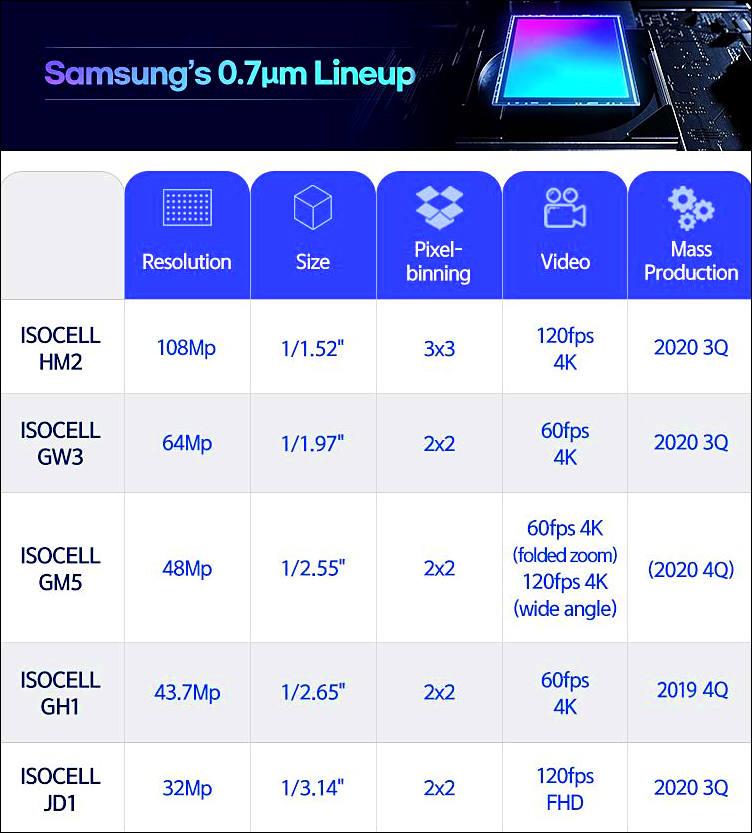

 sa14609.jpg752 x 833 - 100K
sa14609.jpg752 x 833 - 100K
Howdy, Stranger!
It looks like you're new here. If you want to get involved, click one of these buttons!
Categories
- Topics List23,987
- Blog5,725
- General and News1,353
- Hacks and Patches1,152
- ↳ Top Settings33
- ↳ Beginners255
- ↳ Archives402
- ↳ Hacks News and Development56
- Cameras2,364
- ↳ Panasonic993
- ↳ Canon118
- ↳ Sony156
- ↳ Nikon96
- ↳ Pentax and Samsung70
- ↳ Olympus and Fujifilm100
- ↳ Compacts and Camcorders300
- ↳ Smartphones for video97
- ↳ Pro Video Cameras191
- ↳ BlackMagic and other raw cameras116
- Skill1,960
- ↳ Business and distribution66
- ↳ Preparation, scripts and legal38
- ↳ Art149
- ↳ Import, Convert, Exporting291
- ↳ Editors191
- ↳ Effects and stunts115
- ↳ Color grading197
- ↳ Sound and Music280
- ↳ Lighting96
- ↳ Software and storage tips266
- Gear5,420
- ↳ Filters, Adapters, Matte boxes344
- ↳ Lenses1,582
- ↳ Follow focus and gears93
- ↳ Sound499
- ↳ Lighting gear314
- ↳ Camera movement230
- ↳ Gimbals and copters302
- ↳ Rigs and related stuff273
- ↳ Power solutions83
- ↳ Monitors and viewfinders340
- ↳ Tripods and fluid heads139
- ↳ Storage286
- ↳ Computers and studio gear560
- ↳ VR and 3D248
- Showcase1,859
- Marketplace2,834
- Offtopic1,320


